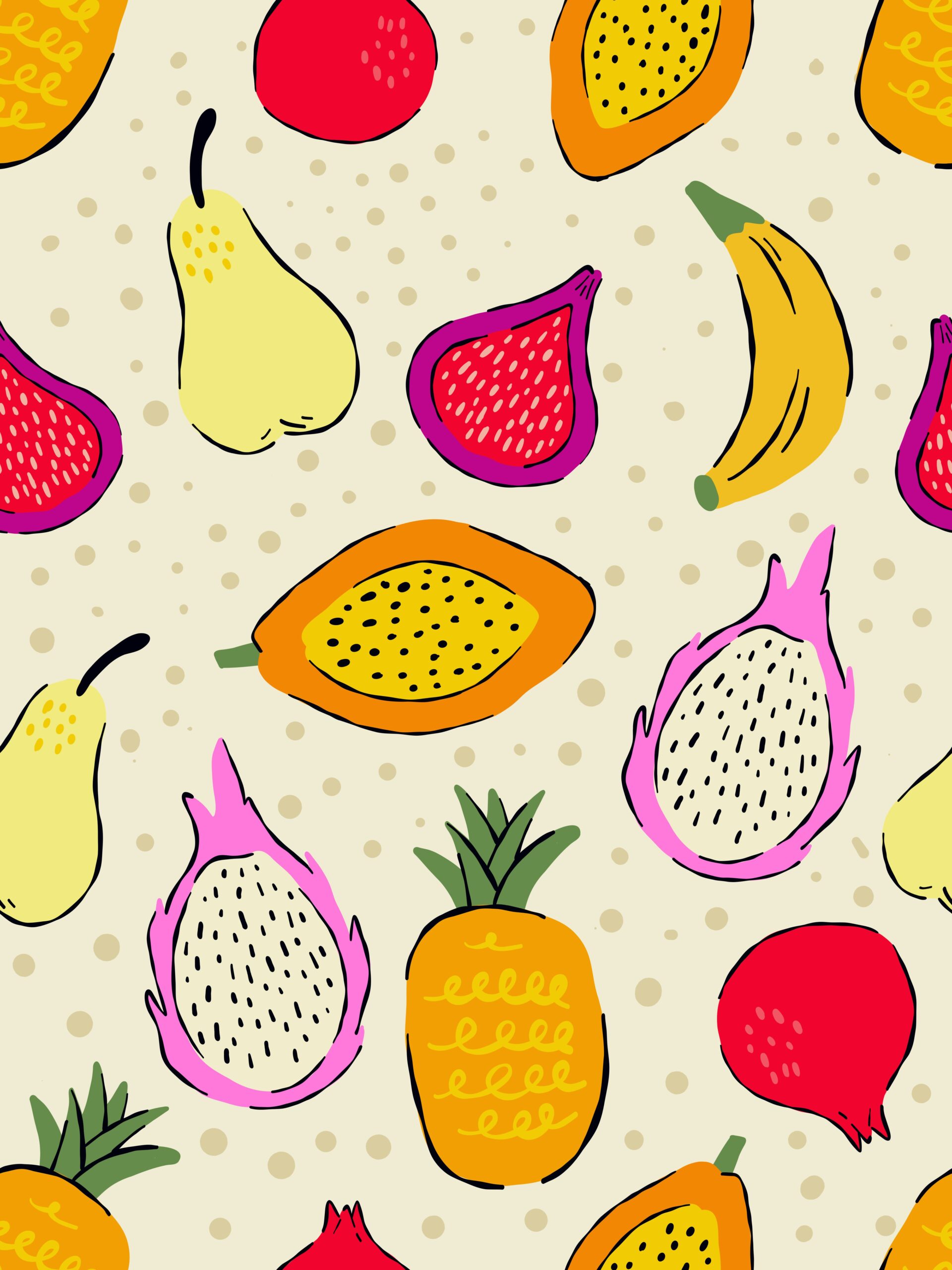Table of Contents
Introduction
In a world where AI music generators churn out new beats daily and anyone with a laptop can access powerful sound libraries, true originality seems harder to find. Advanced tools and preset templates have made music creation easier and more accessible—but have also led to a flood of tracks that sound uncannily similar.
So here’s the mystery:
If everyone is using the same AI tools, how come some beats still sound unlike anything else out there?
Why do certain producers seem to have an unmatched fingerprint—even in tracks partially built with AI?
If you’re searching for why some music still moves you, or why some creators can’t simply be copied despite the tech, you’re about to uncover a secret that goes deeper than prompt engineering or sample packs.
The Real Reason Nobody Can Replicate My Style—Even With AI
1. Your Sound Library is Your DNA
Most producers—human or AI—draw from the same sample packs, virtual instruments, and publicly available stems. These shared foundations inevitably produce familiar sonic textures, even when filtered through creative DAW workflows or novel AI prompts.
But when you use your own sounds as inputs, you create a set of ingredients that only you possess.
- Whether it’s a field recording from your own street at 2AM, self-recorded drum hits on kitchen pots, or improvisational vocal noises, each sound is an artifact of your unique life, taste, and spontaneity.
- These are assets the AI cannot “train on” because they never existed online or in anyone else’s dataset.
2. AI’s Limits: Generic Replication Versus Singular Expression
AI is great at recognizing patterns and recombining them in logical, impressive, even beautiful ways.
But its creativity is boxed within the data it has seen and the prompts it receives.
- Even if an AI listens to a million trap drum kits or every jazz acapella in public domain, it cannot foresee the odd twist of your handclap recorded in your echoey basement, or your decision to whistle instead of synthesize a lead melody.
It’s not just the sounds—it’s the context and story behind them.
3. Custom Input = Uncopyable Output
When you build from your own source material, AI-generated tools become just another layer in your signature process.
- For example: Sample your own voice or an object, chop it up in Koala Sampler or on your DAW, then let AI “enhance” or “remix”—but start with a sound that’s literally never existed before.
- The resulting beats—whether lo-fi, futuristic rap, or genre-fused oddities—bear the thumbprint of your life. No AI, and no other producer, can reverse-engineer that from prompts or reverse-search it via Shazam.
4. Creative Intuition: The Human Edge AI Lacks
- Human producers make mistakes on purpose. They embrace noise, push wrong buttons, or loop happy accidents.
- They decide when less is more, or when a motif is just annoying enough to be catchy.
- Your intuition as a musician, not just a beatmaker, can’t be trained or predicted by AI.
Beatmaking isn’t just about aesthetics or algorithms. It’s also about intent.
5. Your Workflow is a Black Box
- Nobody else has your “rituals”—the order you lay tracks, where you get in the zone, your editing quirks, your personal plugin chain.
- Even if you share your process publicly, only you can replicate your exact chain of cues, timing, mood, and creative risk-taking.
- For AI, process is always a set of explicit instructions. For you, it can be a vibe, a gut feeling, or a deliberate break from logic.
Table: Why My Self-Sourced Sound Style Can’t Be Cloned by AI
| AI-Driven Beatmaker | My Method | |
|---|---|---|
| Source Material | Web datasets, public sample packs | Personal recordings, original soundscapes |
| Workflow | Predictable, prompt-based | Flexible, impulsive, guided by intuition |
| Sonic Results | Familiar, recombined, often generic | Individual, surprising, emotionally charged |
| Replicability | High (by others with same tools) | Virtually nil—my sounds aren’t in any dataset |
| Artistic Identity | Imitative (even if impressive) | Distinctly mine |
The Takeaway: Protecting and Elevating Your Unique Sound in the Age of AI
- Feed the machine with your own organic sounds.
Let AI shape, flip, or process it if you want, but anchor every project in new, self-made materials you control from the start. - Personalize your process and technique.
Make no step too sacred and no method too fixed; let instinct and emotion intervene.
In the end, AI can give everyone the same brushes and paint.
Only you can invent the color no one else has ever seen—or heard—before.

Comment